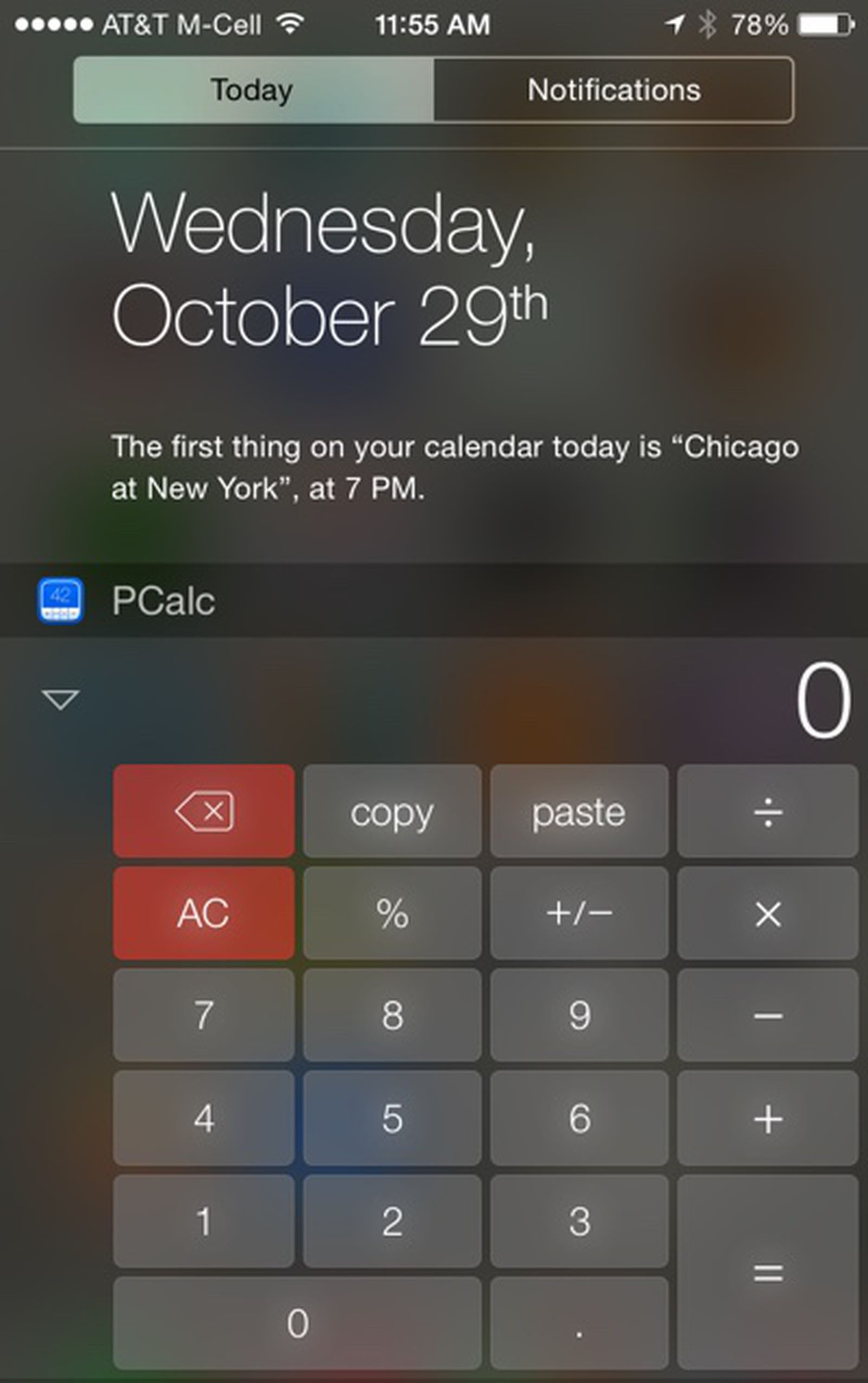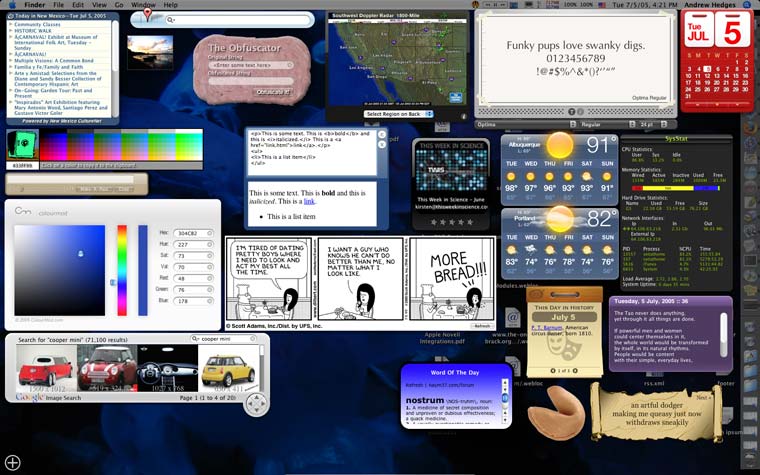
If you have a busy schedule with lots of events it collapses some of the less relevant information and prioritizes the single most important piece of information from each event. Glanceable details like the start time and event location save people a potential step in opening the app to find this information.

For calendar, just like the app icon, it shows the day of the week and the current date, your next meeting or event was the most important piece of information to surface from within the app. Let's take a look at how some of these principles informed our decisions and ideas while designing some of our own widgets. Context helps surface the right information at the right moment and allows for a better experience that at its best feels like it's magically predicting someone's needs and next steps. People have their devices with them throughout the day and there are tons of signals to infer a person's circumstances. Surfacing the right information can save people from doing commonly repeated actions in your app. Widgets provide a great way to see a top level overview of information from a variety of sources on someone's device. We want to look for things that are personal because they can allow for a deeper emotional connection with a piece of your app or an experience that it enables for someone. Three useful principles we've found to focus on when thinking about ideas is to look for things that are personal, informational and contextual.

To create a great widget you need to understand what the most useful information and experiences are that people return to your app for. Starting with design principles, the new widget system is all about content. In this first section we're going to cover some principles to help guide your ideas and also look at some of the new features that are important to consider at this step in the process. When designing a widget there are two main parts of the process to focus on, ideation and creation. This was a super quick look at some of what's new but it's important to remember all of these different ways someone can interact with your widget and we'll revisit certain features more deeply as they pertain to different sections of the design process. These are just some examples from my own widget stack, but the widgets and behaviors of the Smart Stack are different for each person based on the way they use their device and the information that matters most to them. And in the evening I like to catch up and read through some of the top news stories from the day. Later, in the afternoon, I often check how much traffic there is and how long it might take me to get home. When I'm on my way to work I always play some of my favorite recent music. For example, when I wake up I like to know what the weather is going to be for the day. So the information you're looking for is already there before you even have to lift a finger. Based on your behavior and context, a smart stack will automatically rotate to show you the most relevant widget at a given time. But what is really powerful is that smart stacks dynamically change and adapt to how you use them.

These let you add several different widgets into a single location and quickly flick between the different widgets inside.

Another feature we've created is Smart Stacks. This enables an all new way for users to experience widgets and likewise a whole new set of considerations to think about as you approach designing them. One of the things we're really excited about is that people can now add these new widgets directly onto their home screen pages. The information your widget chooses to surface can be more up to date and contextual than ever and drag and drop editing gives people direct control over their widgets in an intuitive and flexible way. At its foundation is an entirely new visual aesthetic, and powerful new capabilities. In iOS 14 the entire widget experience has been completely redesigned. But before we get started let's take a quick look at what's new. We're really excited to talk through the process of how you can design amazing widgets for your own apps.
#Cool macbook widgets mac
My name is Mac and I'm joined later by my colleague Christian and we both work on the human interface design team here at Apple.


 0 kommentar(er)
0 kommentar(er)
